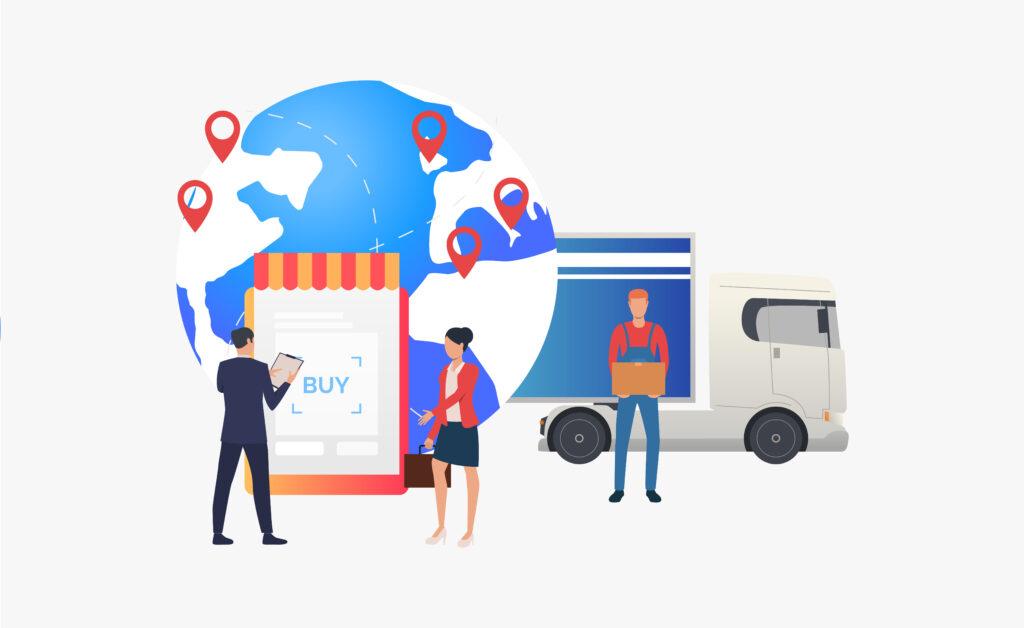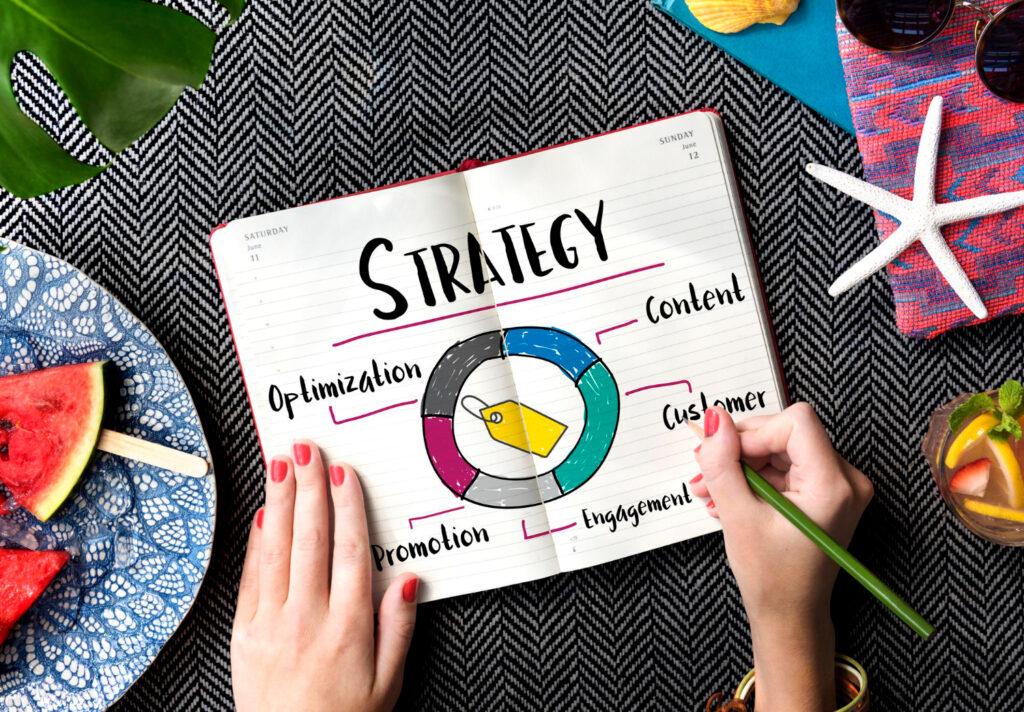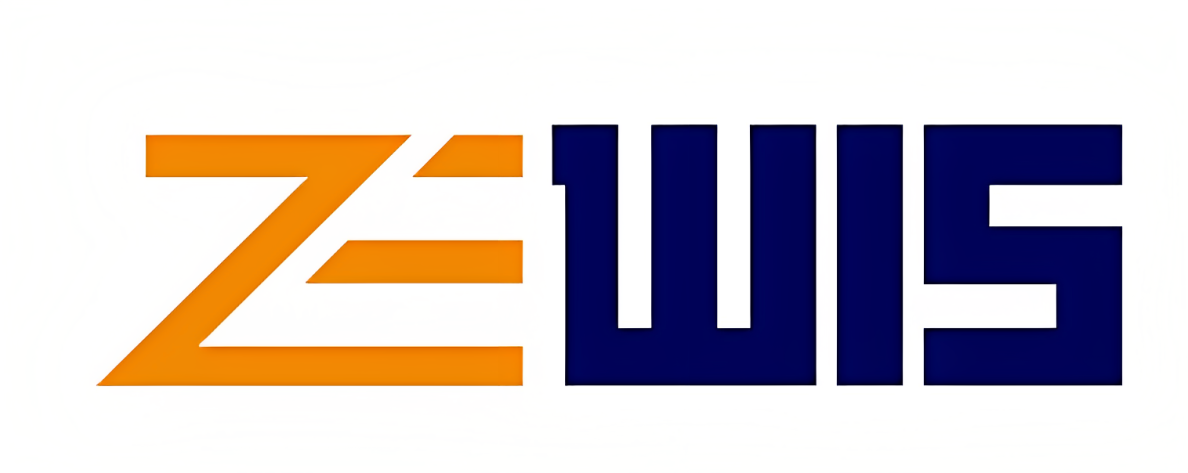In today’s digital landscape, creating high-quality and engaging content is only half the battle. Without a well-defined and strategic content distribution plan, your valuable content may not reach its intended audience and fail to achieve the desired impact. Developing an effective content distribution strategy is crucial for maximizing the visibility, engagement, and conversion potential of your content. This article will delve into the key elements and strategies involved in creating a successful content distribution plan. From understanding the importance of content distribution to optimizing channels and leveraging various techniques, we will explore how to effectively distribute your content to reach and engage your target audience. So, let’s dive in and discover the essential steps to develop a robust content distribution strategy that drives results.

Table of Contents
Understanding the Importance of Content Distribution Strategy
The Role of Content Distribution in Marketing
Let’s face it, creating great content is only half the battle. Without an effective distribution strategy, your amazing blog posts, videos, and infographics might just end up gathering dust in the darkest corner of the internet. Content distribution is like the superhero sidekick to your content creation efforts – it’s the Robin to your Batman, the Bert to your Ernie. It helps your content reach the right audience, generate leads, and build brand awareness. In short, it’s the crucial bridge that connects your content to the people who need it the most.

Benefits of Developing an Effective Content Distribution Strategy
Developing a solid content distribution strategy is like unlocking a treasure trove of benefits. It’s like finding out that your favorite ice cream shop offers an unlimited toppings bar – exciting, delicious, and totally worth it. By having an effective strategy in place, you can maximize the visibility of your content, generate organic traffic, increase engagement, and ultimately drive more conversions. It’s all about getting your content in front of the right eyes, at the right time, and in the right place. So, grab your metaphorical shovel and start digging for that distribution gold!
Defining Goals and Objectives for Content Distribution
Setting Clear and Measurable Goals
Before embarking on any adventure, it’s important to have a clear destination in mind. Your approach to disseminating your content follows the same principle. You need to set clear and measurable goals that align with your overall marketing objectives. Do you want to increase website traffic by 50%? Generate 100 new leads per month? Boost engagement on social media? Whatever it is, make sure your goals are specific, realistic, and time-bound. And don’t forget to track your progress along the way – you’ll want to know if you’re cruising towards success or in need of a course correction.
Aligning Goals with Overall Marketing Strategy
Your content distribution goals shouldn’t exist in a vacuum – they need to play nicely with your overall marketing strategy. After all, you want all your efforts to work together harmoniously, like a perfectly choreographed dance routine. Make sure your content distribution goals align with your marketing objectives, target audience, and brand identity. By doing so, you’ll ensure a cohesive and consistent experience for your audience, and create a powerful synergy that propels your marketing efforts to new heights.

Identifying Target Audience and Channels
Conducting Market Research and Audience Analysis
To effectively distribute your content, you need to know exactly who you’re trying to reach. Just like a detective chasing down a suspect, you need to gather clues and identify your target audience. Conduct market research, analyze demographics, psychographics, and behavior patterns to get a solid understanding of who your ideal audience is. This will help you tailor your content and choose the right distribution channels to reach them. Remember, it’s all about being in the right place, at the right time, with the right message.

Choosing the Right Channels for Content Distribution
With a multitude of channels available for content distribution, it can feel like you’re trying to find a needle in a haystack. But fear not, brave content marketer! By knowing your target audience and understanding their preferred platforms, you can narrow down your options. Is your audience tech-savvy and active on social media? Perhaps Facebook and Instagram are the way to go. Are they more inclined to consume long-form content? Then email newsletters and blog posts might be your golden ticket. Choose the channels that align with your audience’s preferences and behaviors, and watch your content soar.
Creating and Optimizing Compelling Content
Crafting Engaging and Valuable Content
Now that you’ve laid the groundwork for distribution success, it’s time to unleash your creative genius and craft content that speaks volumes. Engaging and valuable content is like a magnet – it attracts, captivates, and leaves your audience wanting more. Whether it’s a thought-provoking blog post, a visually stunning infographic, or an entertaining video, make sure your content delivers on its promise. Provide actionable insights, solve problems, entertain, educate, or inspire. By creating content that your audience can’t resist, you’ll have them coming back for seconds, thirds, and maybe even a fourth helping.
Utilizing Effective Copywriting and Visuals
Words and visuals are the dynamic duo that can take your content from blah to bam! Effective copywriting and eye-catching visuals are like the peanut butter and jelly of content creation – they just go together. Use persuasive, concise, and witty copywriting to grab your audience’s attention and keep them engaged. And don’t underestimate the power of visuals – they can transform a dry, boring piece of content into an exciting visual feast. From well-designed graphics to attention-grabbing videos, make sure your visuals complement and enhance your message. Remember, you’re not just creating content – you’re creating an experience.
Leveraging Social Media and Influencer Marketing

Harnessing the Power of Social Media Platforms
In today’s digital age, social media platforms have become powerful tools for content distribution. With billions of users actively engaging on platforms like Facebook, Instagram, Twitter, and LinkedIn, it’s crucial to leverage these channels to reach a wider audience. By creating compelling and shareable content, you can increase your reach and engagement, driving traffic back to your website or blog.
Strategically selecting the right social media platforms for your target audience is essential. For instance, if you’re targeting millennials or Gen Z, platforms like Instagram and TikTok may be more effective. On the other hand, if your audience consists of professionals, LinkedIn might be the ideal platform to focus on.
Remember, it’s not just about sharing your content but also engaging with your audience. Respond to comments, initiate conversations, and build a community around your brand. Encourage social sharing by including social media share buttons on your website or blog, making it easier for readers to spread the word.
Collaborating with Influencers for Greater Reach
One effective way to amplify your content’s reach is through influencer marketing. Influencers have built a loyal following and can greatly impact their audience’s purchasing decisions. By partnering with pertinent influencers within your specific field, you can leverage their active following and broaden your reach to fresh prospective clients.
When selecting influencers, consider their relevance to your brand and their audience’s demographics. Look for influencers who align with your brand values and have a genuine connection with their followers. This authenticity will ensure that their audience sees your content as valuable and trustworthy.
Collaborations can take various forms, such as sponsored content, guest posting, or even joint webinars or events. By leveraging the trust and credibility influencers have built with their audience, you can extend your content’s reach and make a lasting impression on potential customers.
Incorporating SEO and Paid Advertising Techniques
Optimizing Content for Search Engines
Search Engine Optimization (SEO) is crucial for ensuring your content ranks high in search engine results pages (SERPs). By optimizing your content with relevant keywords, meta tags, and descriptive URLs, you can improve your chances of appearing in organic search results.
Perform thorough keyword analysis to grasp the specific terms that your intended audience is actively searching for. Incorporate these keywords naturally into your content, including the headline, subheadings, and body. Make sure your content provides value and answers the user’s query effectively.
Additionally, optimize other aspects of your website, such as page loading speed, mobile-friendliness, and user experience. These factors contribute to search engine rankings and improve the overall visibility of your content.

Utilizing Paid Advertising to Amplify Content Reach
While organic reach is valuable, paid advertising can provide an extra boost to your content distribution strategy. Platforms like Google Ads, Facebook Ads, and LinkedIn Ads allow you to target specific demographics, interests, and behaviors, ensuring your content reaches the right audience.
Paid advertising offers various options, including display ads, search ads, and sponsored content. You can experiment with different formats to see what works best for your content and goals. Set a budget, monitor performance, and adjust your ads based on the data you collect.
Remember, paid advertising is not a one-time solution. It requires continuous monitoring, testing, and refining to maximize your return on investment (ROI). Use analytics tools to track conversions, click-through rates, and engagement metrics to ensure your ad spending aligns with your content distribution goals.
Monitoring and Analyzing Performance Metrics
Tracking Key Performance Indicators (KPIs)

To gauge the effectiveness of your content distribution strategy, it’s essential to track key performance indicators (KPIs). These metrics provide insights into your content’s reach, engagement levels, and conversion rates, allowing you to make data-driven decisions.
Some common KPIs to monitor include website traffic, bounce rate, time on page, social shares, email subscriptions, and conversion rates. Tracking these metrics over time can help you identify patterns and areas for improvement in your content distribution efforts.
Analyzing Data to Improve Content Distribution Strategy
Once you have collected data on your content’s performance, it’s crucial to analyze it to gain actionable insights. Identify patterns, trends, and any significant variations in your KPIs. This analysis will help you understand what content types, distribution channels, or strategies are working best for your target audience.
Utilize data-driven insights to make informed choices that enhance the effectiveness of your content distribution approach. This may involve reallocating resources to channels that yield better results, modifying your content approach, or refining your targeting criteria. Continuously analyzing data and adapting your strategy based on insights will ensure your content distribution efforts remain effective and relevant.
Iterating and Refining the Content Distribution Strategy
Continuous Evaluation and Optimization
An effective content distribution strategy is not a set-it-and-forget-it approach. It requires continuous evaluation and optimization to stay ahead of the game. Regularly assess your distribution channels, tactics, and messaging to ensure they align with your goals and audience preferences.
Experiment with different approaches, test new platforms and analyze the impact of any changes you make. Demonstrate a willingness to embrace risks and glean valuable lessons from both achievements and setbacks alike. By iterating and refining your strategy, you can adapt to the ever-changing digital landscape and meet the evolving needs of your audience.
Adapting to Changing Audience Preferences and Trends
Audience preferences and trends are constantly evolving, so it’s crucial to stay informed and adapt your content distribution strategy accordingly. Keep an eye on emerging platforms, technologies, and industry developments that might impact your target audience.
Stay engaged with your audience through surveys, feedback forms, and social media interactions to understand their evolving needs and expectations. Be flexible and open to adjusting your strategy to cater to these changing preferences. By staying ahead of the curve, you can ensure your content reaches its intended audience and continues to generate positive results. In conclusion, developing an effective content distribution strategy is essential for ensuring that your valuable content reaches its intended audience and drives desired outcomes. By understanding the importance of content distribution, defining clear goals, identifying target audience and channels, creating compelling content, leveraging social media and influencer marketing, incorporating SEO and paid advertising techniques, monitoring performance metrics, and continuously iterating and refining your strategy, you can maximize the reach and impact of your content. So, take the time to plan and implement a solid content distribution strategy, and watch as your content gains traction, engages your audience, and achieves your marketing objectives.
FAQ

Why is content distribution strategy important?
A content distribution strategy is important because it allows you to reach your target audience effectively and maximize the impact of your content. Without a well-defined distribution plan, your content may go unnoticed, resulting in missed opportunities for engagement and conversions. A strategic approach to distribution ensures that your content reaches the right channels and audiences, increasing visibility, brand awareness, and ultimately driving desired outcomes.
How do I identify the right channels for content distribution?
Identifying the right channels for content distribution requires understanding your target audience and their preferences. Conduct market research and audience analysis to determine where your audience is most active online. Consider factors such as demographics, interests, and browsing habits. Additionally, evaluate different channels, such as social media platforms, industry-specific forums, email newsletters, or partnerships with influencers, to determine which ones align best with your content and audience.
How often should I evaluate and refine my content distribution strategy?
Evaluating and refining your content distribution strategy should be an ongoing process. Regularly monitor performance metrics and analyze data to identify areas for improvement. Keep track of key performance indicators (KPIs) such as reach, engagement, conversion rates, and ROI. Adapt to changing audience preferences, industry trends, and emerging distribution channels. By continuously evaluating and refining your strategy, you can stay ahead of the curve and ensure your content distribution efforts remain effective.









